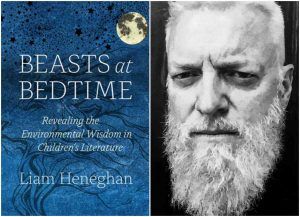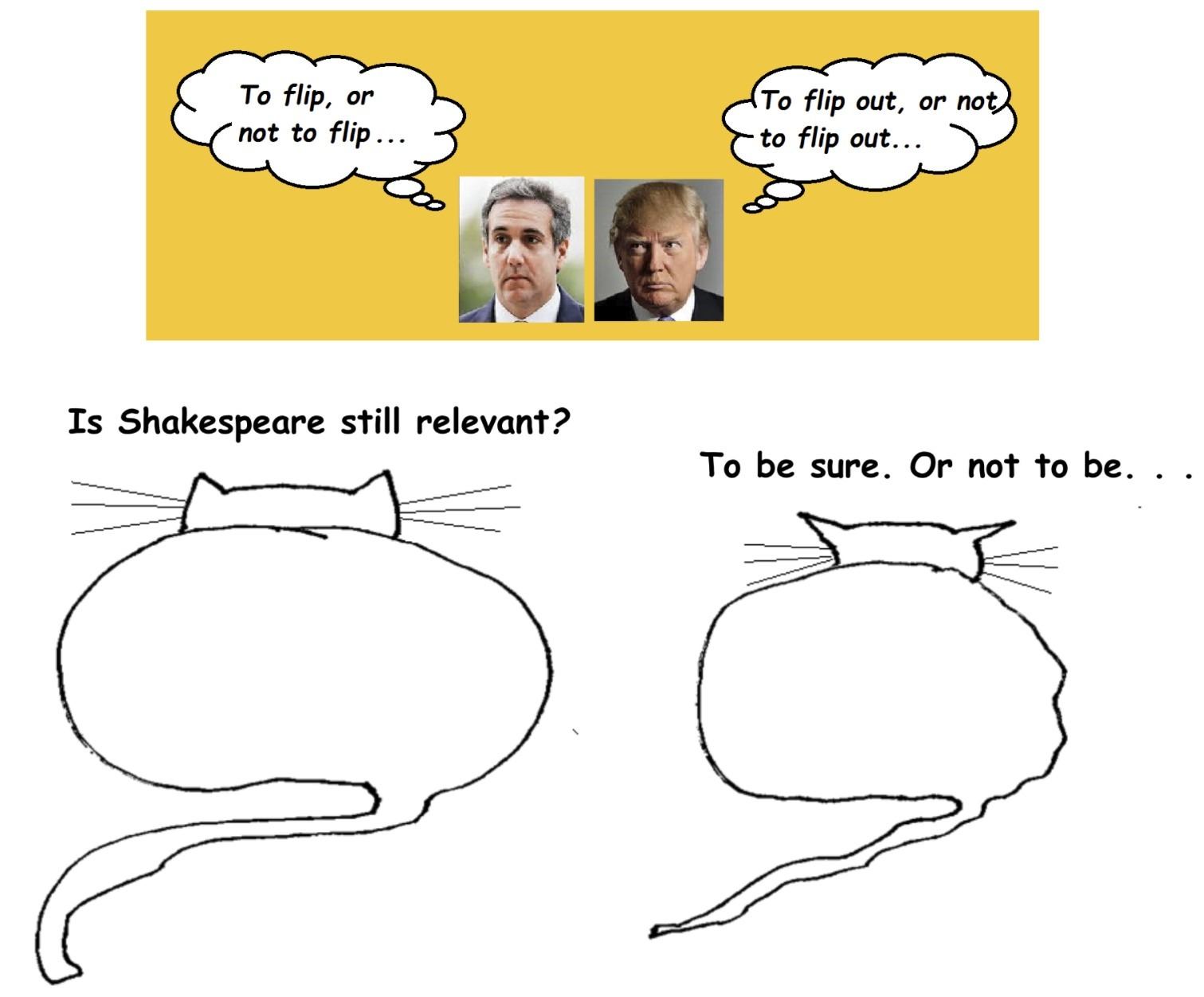 by Christopher Bacas
by Christopher Bacas
We make unplanned pilgrimages; a friend, job or tragedy send us barefoot around sacred mountains. Eyes fixed on the path, we’re prevented from losing our way by loyalty, diligence or grief. Anyone we pass is possibly the most important person we will ever (not) meet.
A job: play half-hour concerts; moving from unit to unit in an eleven-story Upper West Side building. Our private audiences, home-bound seniors. We are a saxophone/bass duo. My partner, Joshua, sings in English and Spanish. Our employers provide a list with names, apartment numbers and an emergency contact.
On the ninth floor, our first stop, a caretaker slowly opens the door. A vector of heat escapes around her into the drafty hall.
“Musica?”
“Si, si”
We announce our sponsor’s name. She doesn’t recognize it. Voices inside call out, ricocheting off a bare floor. She opens the door all the way. In the center of the room, behind a walker, Nayeli slumps into a kitchen chair. Swollen with disuse, her feet rest on a fresh, spread out Depends. In the corner, her husband, Tolentino, in a jacket and spiffy sneakers, sits on the edge of a plush armchair, knees tight. He gets up to shake my hand. Then, I lean in to shake his wife’s.
I pull my horn out of the case, assemble it and get ready to play. With upturned eyes, the couple appraise our instruments as if they were caged snakes. A brief cloudburst follows; small sounds musicians make before playing: soft descending notes in whooshing funnels, rattles and clicks. Then, silence, awkward and centripetal, whirling us into the present. We look at them. Read more »

 A celebrated altercation between Benvenuto Cellini (1500-1571), the Florentine artist, and fellow sculptor Bartolommeo Bandinello (1493-1560) resulted in the latter exclaiming “Oh sta cheto, soddomitaccio.” [Shut up, you filthy sodomite!]. The accusation had merit in the legal sense at least since Cellini had indeed been accused of the crime of sodomy with at least one woman and several young men. The incident is oftentimes recalled in writings about the period as it provides a compelling illustration of the sexual appetites of the artists of the Renaissance.
A celebrated altercation between Benvenuto Cellini (1500-1571), the Florentine artist, and fellow sculptor Bartolommeo Bandinello (1493-1560) resulted in the latter exclaiming “Oh sta cheto, soddomitaccio.” [Shut up, you filthy sodomite!]. The accusation had merit in the legal sense at least since Cellini had indeed been accused of the crime of sodomy with at least one woman and several young men. The incident is oftentimes recalled in writings about the period as it provides a compelling illustration of the sexual appetites of the artists of the Renaissance.
 What do 21st century American college faculty and 19th century Church of England Clergyman have in common? A surprising amount. This is one reason I would heartily recommend the novels of Trollope, Austen, and others to my colleagues in academia.
What do 21st century American college faculty and 19th century Church of England Clergyman have in common? A surprising amount. This is one reason I would heartily recommend the novels of Trollope, Austen, and others to my colleagues in academia.
 Since 2014, various student societies at the University of Edinburgh have but on musical performances commemorating the first world war. This article takes a look at one performance in particular. The content is neither highly original nor particularly radical; others have written more insightful and more sophisticated pieces. It constitutes merely an attempt to formulate and to clarify what is problematic with these particular performances, thereby hoping to understand something about the greater memorial tradition in the United Kingdom. In other words, by examining how a nationalistic, martial and oppressive Erinnerungskultur is reproduced in an amateur to semi-professional context – be it deliberately or not -, we may see how these values become normalised and why it matters that this takes place in this particular context.
Since 2014, various student societies at the University of Edinburgh have but on musical performances commemorating the first world war. This article takes a look at one performance in particular. The content is neither highly original nor particularly radical; others have written more insightful and more sophisticated pieces. It constitutes merely an attempt to formulate and to clarify what is problematic with these particular performances, thereby hoping to understand something about the greater memorial tradition in the United Kingdom. In other words, by examining how a nationalistic, martial and oppressive Erinnerungskultur is reproduced in an amateur to semi-professional context – be it deliberately or not -, we may see how these values become normalised and why it matters that this takes place in this particular context. When my partner and I were expecting our first child, I remained obstinately distant from all parenting books. I had adapted, and taken to heart, Rainer Rilke’s advice to Franz Kappus about avoiding introductions to great works of art, and reckoning that, in the poet’s words, “such things are either partisan views, petrified and grown senseless in their lifeless induration, or they are clever quibblings in which today one view wins and tomorrow the opposite.” Rilke’s point seems to be that introductions do more to obscure our ability to reach the work of art than elucidate it. Since a child is, among other things, a living, breathing work of art, it took very little for me to translate the great poet’s advice to the work of child-rearing. Surely no book would truly help me approach a task as infinitely arduous and dizzyingly beautiful as bringing a human being into the world.
When my partner and I were expecting our first child, I remained obstinately distant from all parenting books. I had adapted, and taken to heart, Rainer Rilke’s advice to Franz Kappus about avoiding introductions to great works of art, and reckoning that, in the poet’s words, “such things are either partisan views, petrified and grown senseless in their lifeless induration, or they are clever quibblings in which today one view wins and tomorrow the opposite.” Rilke’s point seems to be that introductions do more to obscure our ability to reach the work of art than elucidate it. Since a child is, among other things, a living, breathing work of art, it took very little for me to translate the great poet’s advice to the work of child-rearing. Surely no book would truly help me approach a task as infinitely arduous and dizzyingly beautiful as bringing a human being into the world. One starting point for any philosophical account of language is that the truth of a statement depends both on what it means and on how the world is. Handily for contemporary pragmatists of my stripe, this fits neatly with the post-Davidsonian project of overcoming the dualism of conceptual scheme and empirical content. All we need to do is show that the two factors that make up truth are not so detachable as contemporary dualists claim.
One starting point for any philosophical account of language is that the truth of a statement depends both on what it means and on how the world is. Handily for contemporary pragmatists of my stripe, this fits neatly with the post-Davidsonian project of overcoming the dualism of conceptual scheme and empirical content. All we need to do is show that the two factors that make up truth are not so detachable as contemporary dualists claim. “You should look into this, perhaps write a little something about it.”
“You should look into this, perhaps write a little something about it.”
 The cryptocurrency movement may be a mainstream media story but confusion about it is widespread. It evokes deeply polarized opinion, what with daily stories of
The cryptocurrency movement may be a mainstream media story but confusion about it is widespread. It evokes deeply polarized opinion, what with daily stories of 



